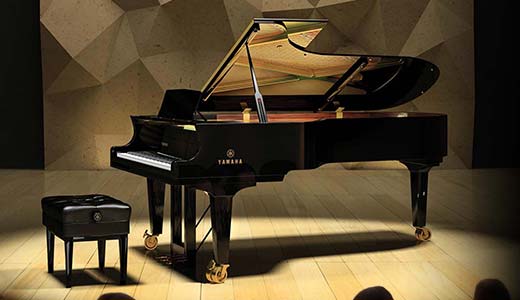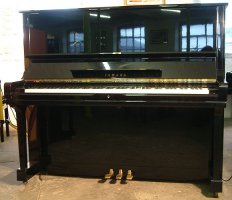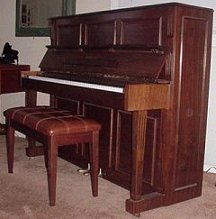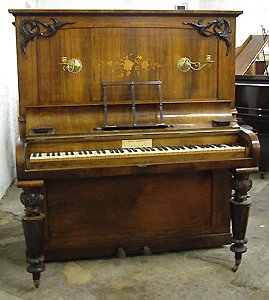
Caring For Your Piano
McMurry Moving Company understands the importance of caring for your piano when we move it. Here are some tips for long-term care to ensure a enjoyable and lasting life for your investment.
PIANO MAINTENANCE
Your grand or upright piano is made up of some 5,000 parts. The quality of the materials used, the design and construction, and the conditions to which the piano is subjected, will determine its lifespan. On average a new grand or upright piano is considered to last 50 years. This can vary for several reasons:
– the climatic conditions in which it is kept.
– the regularity of maintenance.
– how often the piano is played. Piano Mover
HOW SHOULD I LOOK AFTER MY PIANO?
Treat your piano like a piece of valuable furniture: keep it clean and avoid standing drinks, vases of flowers, or pot plants on it. Spilled liquids can cause serious damage, the repair of which may amount to a major overhaul. New pianos are generally finished in polyester or satin lacquer, which requires only to be wiped with a damp cloth and carefully dried. No polish is needed. Older pianos are usually French polished and need greater care, using a polish reviver applied with a clean soft cloth and polished with a soft duster.
WHAT IS THE PIANO ACTION AND WHY DOES IT NEED MAINTAINING?
The action and keys are the playing mechanism of your piano. Like other instruments that are subject to wear and tear, it is vital that these important parts of the piano are serviced from time to time by a qualified technician. After all, this is what connects you to the music! Each note needs to be regulated individually to give optimum performance. The pedals, too, need occasional adjustment.
WHERE IS THE BEST PLACE TO STAND MY PIANO?
First you must consider how climate and environment affect a piano.
TEMPERATURE – a piano does not like to be too hot or too cold. A constant 18 to 21 degrees Celsius (65 – 70 degrees Farenheit) is ideal.
HUMIDITY – central heating systems dry the air, and draw moisture from the wooden components of the piano. We will move all types of pianos
When the heating is switched off at night the humidity rises, and conversely, as it is switched on in the morning, the humidity drops. These changes in relative humidity cause the wood alternately to shrink and expand, causing tuning instability. Ideally, you should try to keep your piano within 45 – 60 percent relative humidity.
POSITION – keep the piano away from windows if possible. Do not place your piano near a radiator or other heat source, or on an inside wall where there is a radiator in the next room backing onto the piano, resulting in heat being transmitted through the wall. These locations where constant excessive heat, or fluctuating heat, are the cause of low or changing relative humidity, often are responsible for tuning instability and other serious problems, such as loose tuning pins, split soundboard and disruption of regulation.
A separate music room is considered to be ideal, but a dining room may be suitable, as this will usually be maintained at a lower temperature, and have a reasonably constant humidity level. Should you feel that your piano is in an unsuitable environment you should consider buying either a humidifier to counteract excess dryness, or a dehumidifier for excess dampness. Your piano tuner will be able to advise you.
HOW OFTEN SHOULD MY PIANO BE TUNED OR SERVICED?
Three main factors affecting a piano’s performance need attention periodically:
Pitch – the pitch will drop if the piano is not tuned on a regular basis. The stability of its environment will very much determine how often it needs to be tuned. Twice a year is a good rule of the thumb for an average piano in a domestic situation. Some older instruments may require more regular tuning. Always ask your tuner if possible to put the piano back in concert pitch.
Touch – the quality of the instrument, amount of use, and changes in its environment will determine how often the piano action should be regulated. On average this is required about every five years.
Voicing (toning) – here again, this is subject to the quality of the piano, and particularly of the hammer felt. Unevenness of tone can be remedied by skilful voicing of the hammers to give a good overall balance. On concert and musicians’ pianos this is done on a regular basis.




